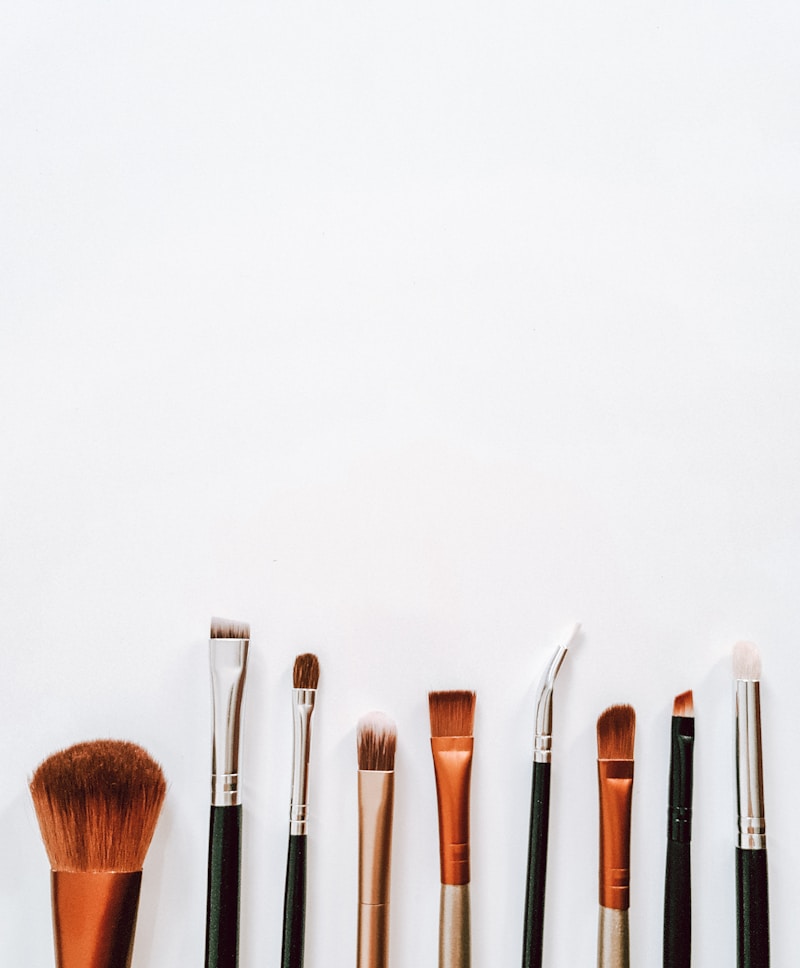Bridging the Gap Between DIY and Professional Makeup: A Comprehensive Guide
Bridging the Gap Between DIY and Professional Makeup: A Comprehensive Guide
Makeup has evolved from a simple beauty enhancement tool to a form of self-expression, creativity, and artistry. Whether you are a novice who enjoys DIY makeup or a professional makeup artist seeking inspiration, understanding the nuances between DIY and professional makeup is essential. In this article, we’ll explore tips, techniques, and key elements that bridge the gap between these two worlds, ensuring you can achieve salon-quality results at home.
Understanding the Differences
Before diving into the practical aspects of makeup application, it’s essential to distinguish between DIY makeup and professional makeup. While both aim to enhance beauty, they differ significantly in technique, products, and outcomes.
| Aspect | DIY Makeup | Professional Makeup |
| Skill Level | Beginner to Intermediate | Advanced |
| Technique | Basic applications | Complex techniques (contouring, airbrushing) |
| Products Used | Drugstore brands, homemade cosmetics | High-end products, specialized tools |
| Result | Natural, everyday looks | Flawless, editorial looks |
The Transitioning Journey
For those who want to elevate their DIY makeup skills to a more professional level, several steps can guide you in your journey. Here are some techniques and tips to bridge that gap effectively:
1. Invest in Quality Tools
One of the most significant differences between DIY and professional makeup is the tools used. Professional makeup artists typically use high-quality brushes, sponges, and other tools that can significantly enhance application techniques. Start investing in a good set of brushes and sponges. 
2. Learn Advanced Techniques
While practicing basic makeup application is essential, learning advanced techniques such as contouring, highlighting, and baking can help you achieve a professional finish. YouTube and online courses can be incredibly helpful in learning these skills. Additionally, workshops offered by professionals are an excellent way to gain hands-on experience.
3. Choose the Right Products
Transitioning to professional makeup requires a shift in product choice. Professional products often contain finer pigments and better formulations, allowing them to last longer and wear better on the skin. Consider using brands recognized in the industry, such as MAC, NARS, or Charlotte Tilbury.
4. Understand Color Theory
Understanding color theory is crucial for achieving an artistic look that enhances your features. Familiarize yourself with the color wheel and how colors interact with different skin tones. This knowledge can significantly improve your color selection in both foundation and eye makeup.
5. Practice, Practice, Practice
The old adage "practice makes perfect" holds in makeup artistry. Take time each week to experiment with different looks and techniques. Don’t hesitate to try looks you might initially consider too complex; sometimes, the best learning comes from stepping outside your comfort zone.
From DIY to Professional: Real-Life Examples
Let’s take a look at some famous makeup artists whose journeys from DIY enthusiasts to professional makeup artists can serve as inspiration:
- Lisa Eldridge: Starting her career as a fashion makeup artist, Lisa transitioned from self-taught techniques to creating her own makeup line and becoming a renowned makeup expert.
- Pat McGrath: Pat’s journey demonstrates the importance of continuous learning. She began as a makeup artist and continually sought knowledge to refine her craft, leading to her groundbreaking makeup label.
- Charlotte Tilbury: Known for her glamorous approach, Charlotte started by doing makeup for celebrities and has now created a globally recognized brand focused on empowering individuals through makeup.
Common DIY Mistakes to Avoid
As you work to bridge the gap between DIY and professional makeup, it’s essential to be aware of common mistakes that can hold you back:
1. Skipping Skincare
Makeup application starts with a good skincare routine. Failure to prep your skin can lead to patchy applications and an overall unpolished look. Invest time in moisturizing, exfoliating, and applying a primer suitable for your skin type.
2. Overusing Products
In the quest for a flawless look, many DIY makeup enthusiasts tend to overapply products. Less is often more in makeup artistry. Learning to build coverage gradually is key to achieving a more professional finish. Start with thin layers and add more as necessary.
3. Ignoring Lighting
Another crucial mistake is overlooking the importance of lighting. Natural light is your best friend for makeup application. If you are applying makeup in dim lighting, chances are, you may be applying too much product. Consider investing in a good ring light if you frequently do your makeup indoors.
Conclusion: Your Path Forward
Bridging the gap between DIY and professional makeup is not an overnight journey. It requires dedication, practice, and a willingness to learn. Remember, every makeup artist started somewhere. Don’t rush the process; instead, enjoy each step. Focus on mastering the basics before progressing to more advanced techniques. Investing in quality tools and products will also be crucial in achieving professional results. As you venture into the world of makeup, keep experimenting and finding what works best for you. Their creativity and passion will shine through as you uncover your unique makeup artistry style!
In summary, whether you prefer to DIY your makeup looks or dream of becoming a professional, the most important thing is to have fun and express yourself. Happy makeup artistry!
